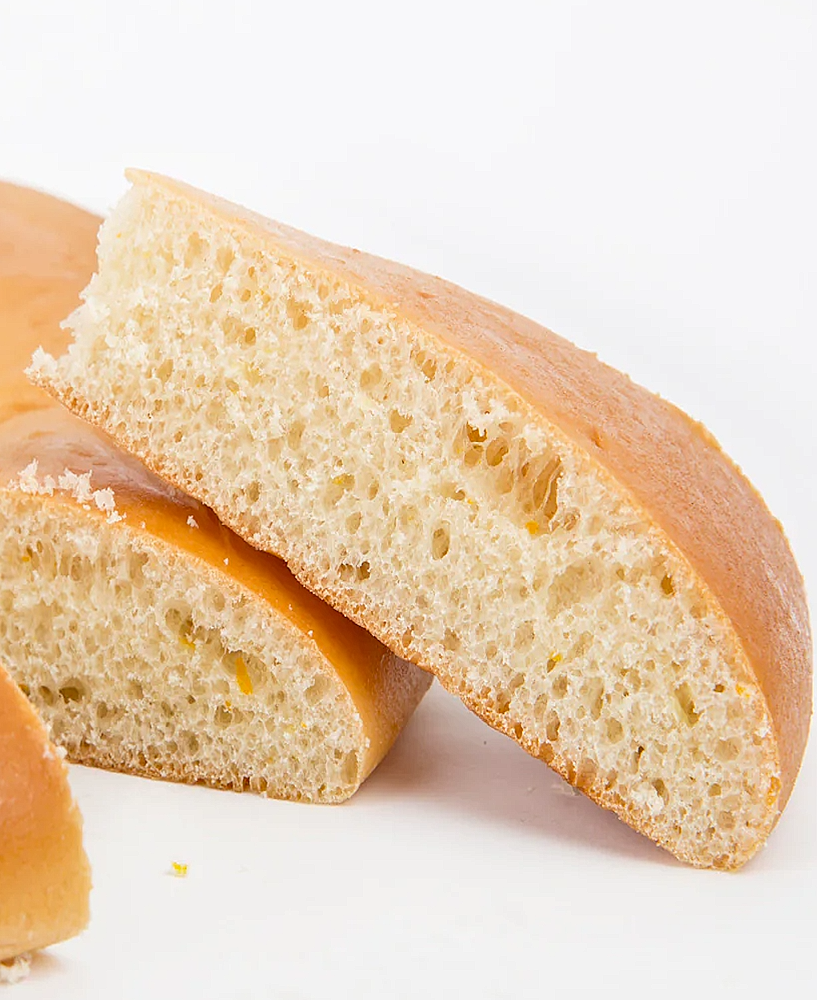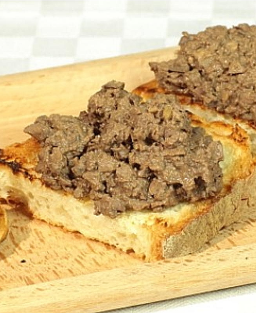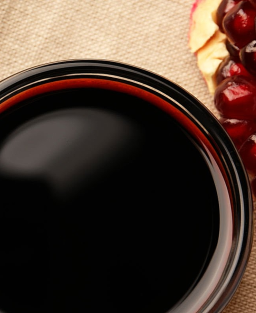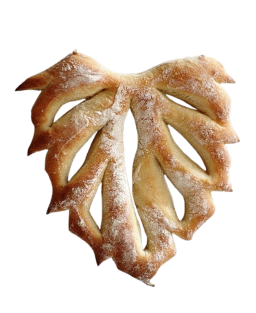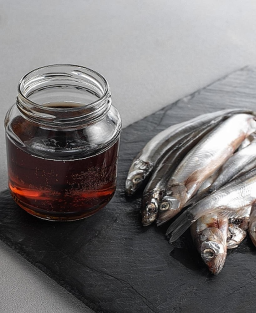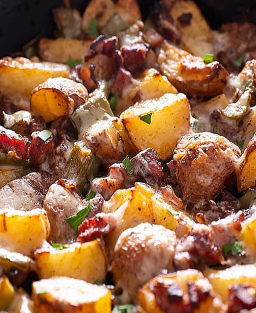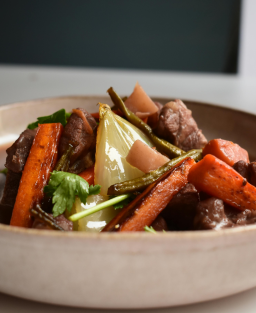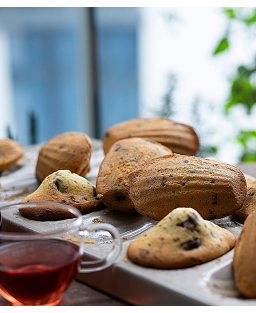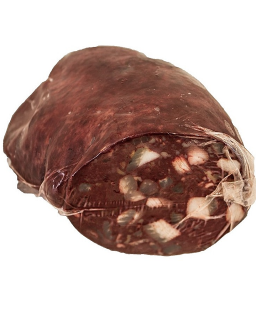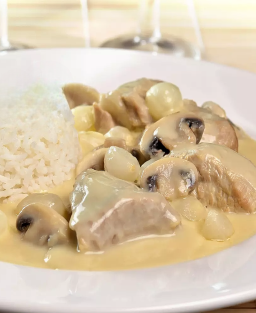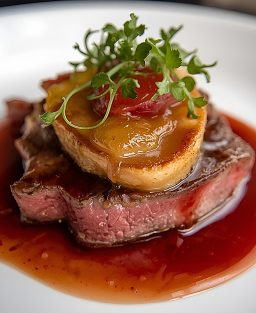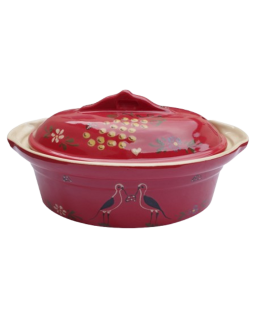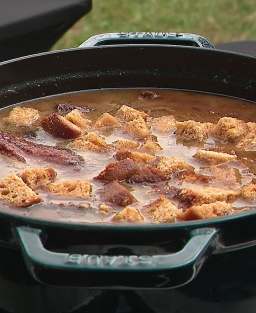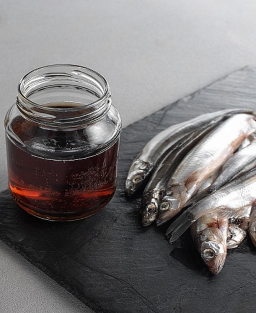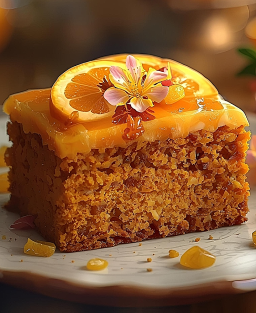Recipe for Pompe à Huile (poumpo à l'òli or pompa a l'òli) from Tarn
Recipe for Pompe à Huile (poumpo à l'òli or pompa a l'òli) from Tarn
Brioche flavored with citrus and authentic olive oil
Discover the traditional recipe for Pompe à Huile from Tarn, a soft brioche flavored with olive oil and citrus zest.
When the pompa d’òli comes out of the forn, tot lo vilatge sent su perfume. Lo sucre e l’òli se mesclan dins la pate, e la familha se regala. Los enfants s’alongan de la camera per pas la perdre, mas tostemps, un pichon bout s’escapa. Dins la glacièra, demòra moelleusa mai jorns, e totjorn es bona amb un cafè. Las vielhas del país dison que mai l’òli es bona, mai la pompe durarà sens se secar.
This anecdote shows the strong link between the recipe and family customs, as well as the tradition of oral transmission.
Necessary utensils
-
Mixing bowl or mixing container
-
Dough hook or stand mixer
-
Spatula
-
Rolling pin
-
Baking sheet and parchment paper
-
Cooling rack
-
Paring knife for zest
Country / Region
-
Country: France
-
Region: Tarn / Lauragais and Montagne Noire
-
Recipe origin: Oral transmission
-
Specifications: No
Proposed specifications:
-
Wheat flour T65 or T55
-
First-press olive oil
-
Fresh or dry baker’s yeast
-
Fresh citrus zest
-
Minimum proofing time 1h30
-
Baking in traditional or ventilated oven at 180–200 °C
Recipe evolution
The original recipe was very simple, with little sugar and only olive oil. Gradually, it was enriched with citrus zest and sometimes orange blossom water to further flavor the dough.
Iconic chefs and recognized addresses
-
Maison Puech – Lavaur, artisanal producer
-
Boulangerie Malet – Castres, family tradition
-
Boulangerie Coulet – Albi, specialized in regional pastries
-
La Maison de la Gourmandise – Gaillac, specialist in Tarn desserts
Birth of the Pompe à Huile (traditional popular version)
Recovery of leftover flour
After milling the grain to obtain flour, there was always some coarser flour or crumbs at the bottom of the sacks or the mill. To avoid wasting this “recovered” flour, villagers used it to make a simple dough.
Adding olive oil
This flour, sometimes a bit dry or too coarse to be used alone, was mixed with olive oil. The oil helped bind the flour, making it soft and workable, and produced a dough that could rise and bake.
Flavoring and minimal sweetening
To turn this dough into an edible treat, a little sugar, orange blossom water, and if available, some citrus zest were often added. The result was a simple, nourishing, and aromatic brioche, perfect for festive meals or Christmas celebrations in the villages.
Diffusion and codification
Over time, this “recovery” practice was refined:
-
Flour is now sifted, dough is left to rise longer.
-
Modern recipes sometimes add more sugar or toppings such as candied fruits.
-
But the heart of the tradition remains: using olive oil to transform rustic flour into a festive brioche.
Comparative history: Pompe à Huile – Provence and Tarn
Provençal origin:
Pompe à huile is a traditional southern dessert, originating in Provence, especially in southern Bouches-du-Rhône and Vaucluse.
It was prepared for the Gros Souper, the Christmas Eve dinner, and is an integral part of the 13 desserts of Christmas in Marseille.
Its name comes from olive oil mills: at the end of the process, flour was used to “pump” the remaining oil, giving rise to the recipe and the term “pompe.”
Of local or even international renown, the pompe à huile from Ceyreste, with a tradition dating back to the 17th century, is an emblematic dessert of the region. It is distinguished by its soft, stringy texture, its delicate olive oil aroma, and can be eaten fresh and soft or dry, harder but always flavorful thanks to its high oil content.
Pompe à huile is distinct from its cousins, the gibassié or pompe au beurre, which are more brioche-like and similar to the sweet fougasses of Aigues-Mortes.
Adoption and adaptation in Tarn:
Over the centuries, the Provençal recipe was introduced in Tarn, where it was adapted to local tastes and products.
-
The dough remains flour and oil-based, but Tarn residents often add orange and lemon zest, and sometimes a little orange blossom water.
-
Tarn brioche is more generous and slightly more compact, but remains soft due to the richness in oil.
-
It has become a family dessert or snack, eaten during holidays or on special occasions.
-
In Tarn patois, it is called “la pompa d’òli”, highlighting its local roots and tradition of oral transmission.
Evolution:
-
Provence: festive and traditional recipe, low sugar, often flat and thin, integrated into the 13 desserts.
-
Tarn: local version more flavored with citrus and sometimes baked golden, adapted for daily or family use.
Recipe description
Pompe à huile is a flat, generous brioche, soft and aromatic.
It is characterized by a fibrous crumb and a subtle citrus aroma, lightly sweet and melting.
It is cut into thick slices and served plain or with coffee, tea, or mulled wine for festive occasions.
Ingredients
| Ingredient | Quantity | Approx. weight |
|---|---|---|
| Flour T65 | 500 g | 500 g |
| Fresh yeast | 20 g | 20 g |
| Sugar | 80 g | 80 g |
| Salt | 8 g | 8 g |
| Olive oil | 100 ml | 92 g |
| Orange and lemon zest | 2 tbsp | 10 g |
| Lukewarm water | 150 ml | 150 g |
| Optional: orange blossom water | 1 tbsp | 10 g |
Professional detailed preparation
-
Dough preparation: Mix flour, sugar, and salt. Dissolve yeast in lukewarm water, then add to flour. Add olive oil and knead for 10–12 minutes until smooth, elastic, and homogeneous.
-
Proofing: Cover and let rise 1h30 at room temperature until doubled in size.
-
Shaping: Deflate the dough, roll into a disc 2–3 cm thick. Sprinkle with zest and, if desired, a little sugar.
-
Baking: Preheat oven to 180 °C (convection). Place on parchment-lined baking sheet and bake 40–45 minutes. Check color and adjust time as needed.
-
Cooling: Let rest on a rack 10–15 minutes before slicing.
Nutritional information (approx. 100 g)
-
Calories: 310 kcal / 1297 kJ
-
Fat: 11 g
-
Carbohydrates: 45 g
-
Protein: 6 g
-
Fiber: 2 g
-
Allergens: gluten, possible traces of egg and milk
-
Possible adaptations: gluten-free (rice flour or special blend), vegetarian by default
Versions / Regional variants
-
Traditional: only olive oil and zest
-
Festive: with orange blossom water and egg wash
-
Modern: light glaze of powdered sugar or honey
Tips and advice
-
Use a fruity and mild olive oil to avoid masking the zest aroma.
-
Knead well for a fibrous crumb.
-
Let rise in a warm place for better texture.
-
Avoid opening the oven too early to maintain shape and softness.
Serving
-
Rustic presentation: on wooden board or family platter
-
Gastronomic presentation: in even slices on a plate with candied zest decoration
-
Classic accompaniment: coffee, tea, mulled wine, or hot chocolate
Recommended wines and drinks
-
Mulled wine from Languedoc or Gaillac
-
Fresh orange juice or citrus infusion
-
Black tea or strong coffee







